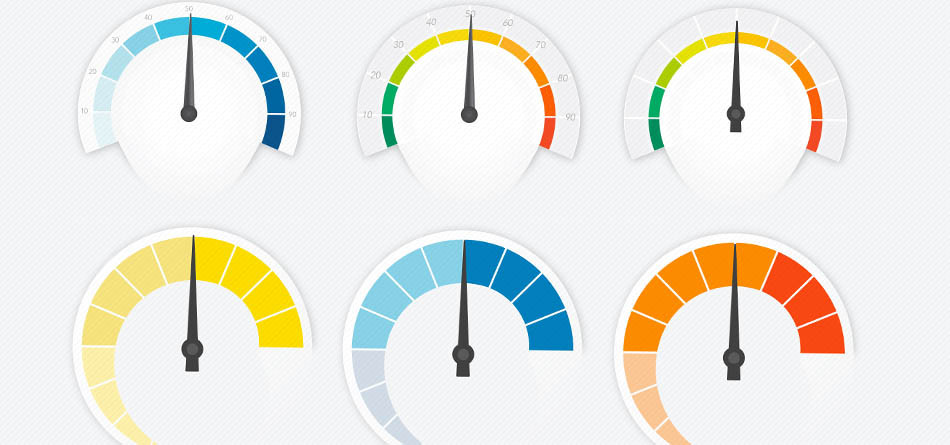A portfolio manager is likely to have some notion of his or her portfolio's exposure to a particular risk factor, but requires precision in gauging that exposure and the portfolio's likely performance versus the benchmark. Knowing their exposures more precisely also allows portfolio managers more latitude in picking stocks, and frees them from the worry that a hidden risk might negatively impact the portfolio.
“Many of the investors here are very focused on picking individual stocks, which you would expect from a team of fundamentally focused portfolio managers,” said Alec Crawford, chief risk officer, equities, at Lord Abbett. “We have built a number of proprietary models here, as well as using our factor-based model, which can figure out what kind of macro or factor exposures the portfolio managers are taking in their portfolio, some of which they may not even be aware of.”
 Alec Crawford, Lord Abbett
Alec Crawford, Lord Abbett
Crawford, who has worked in the financial industry for 25 years, joined Jersey City, New Jersey-based Lord Abbett in 2012, following a stint as head of risk management at Ziff Brothers Investments, where he was responsible for daily hedging of internal and external equity assets, developing and executing protocols for risk detection and hedging, and leading many firm-wide risk committees.
“I've been more of a quant person throughout my career,” he said. “When I got hired at Ziff Brothers, it's really because they wanted someone who could understand all the risk metrics, and take quantitative tools which might have originally applied more to fixed income and apply them to equities. To some degree, that's what I'm doing here as well.”
Crawford and his team developed the equity risk systems at Lord Abbett, which manages $138 billion, from scratch, everything from the database to the risk models themselves. “My responsibilities are risk management for the firm's equity portfolios, and for setting, in conjunction with the chief investment officer, the risk guidelines for all those strategies.”
As chief risk officer, Crawford provides bottoms-up oriented portfolio managers with a top-down view of the global macro environment. “Our aim is to reduce risks that could disrupt the long-term performance of an investment strategy,” he said.
“Those risks include such things as a large position in a single stock or exposure to a macro event, such as a jump in the price of oil. By using historical information and quantitative-modeling techniques, we can evaluate the probability of these risks and their impact on performance. High-likelihood/high-impact risks quickly capture our attention.”
“None of the portfolio managers here is literally trading oil, but certain energy companies are obviously very sensitive to the price of oil,” said Crawford. “What we provide portfolio managers is a holistic view of what it would mean if oil were to go up or down, say, ten percent. Many times they have a pretty good idea of their directional exposure, but they may not be able quantify the magnitude of that exposure. That's something that our quantitative models can really help them with.”
This exercise has the potential to uncover exposures that might not be obvious. “Even without an overweight in energy stocks, it is possible for a portfolio to be positively exposed to oil through secondary effects,” said Crawford. “We will know the direction and degree of the portfolio's exposure currently and at any time in its history.”
Lord Abbett restricts sector weights within certain guidelines, though portfolio managers are allowed latitude in some circumstances, after consultations with the chief investment officer and chief risk officer. These guard rails are not aimed only at reducing risk versus the index. In fact, Lord Abbett encourages a certain amount of tracking error.
“Occasionally, I have to go to them and tell them they're not taking enough risk,” Crawford said. “At times it's possible for risk-taking to be a little bit too low. We believe in active portfolio management.”
Featured image via Dollar Photo Club














